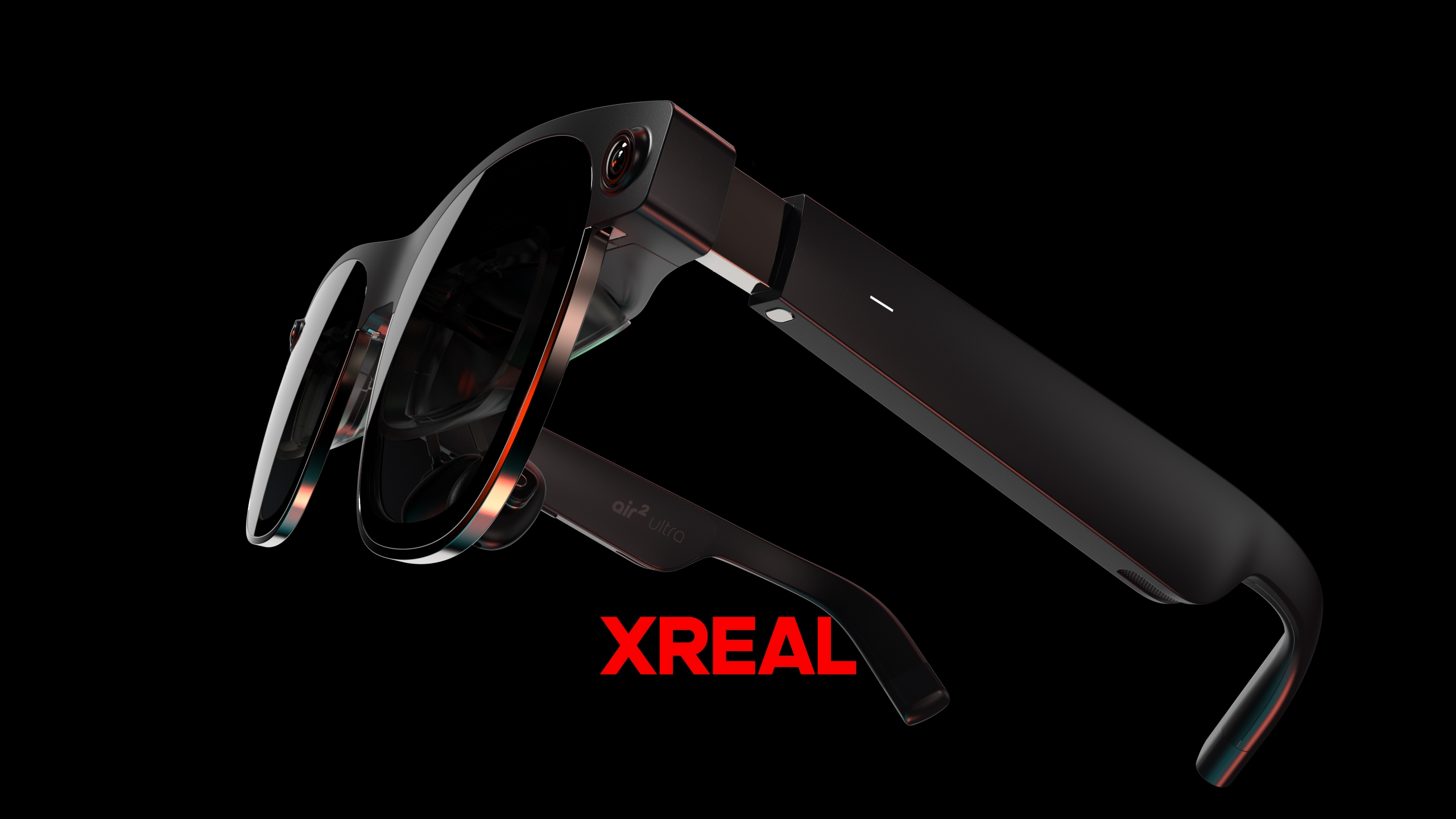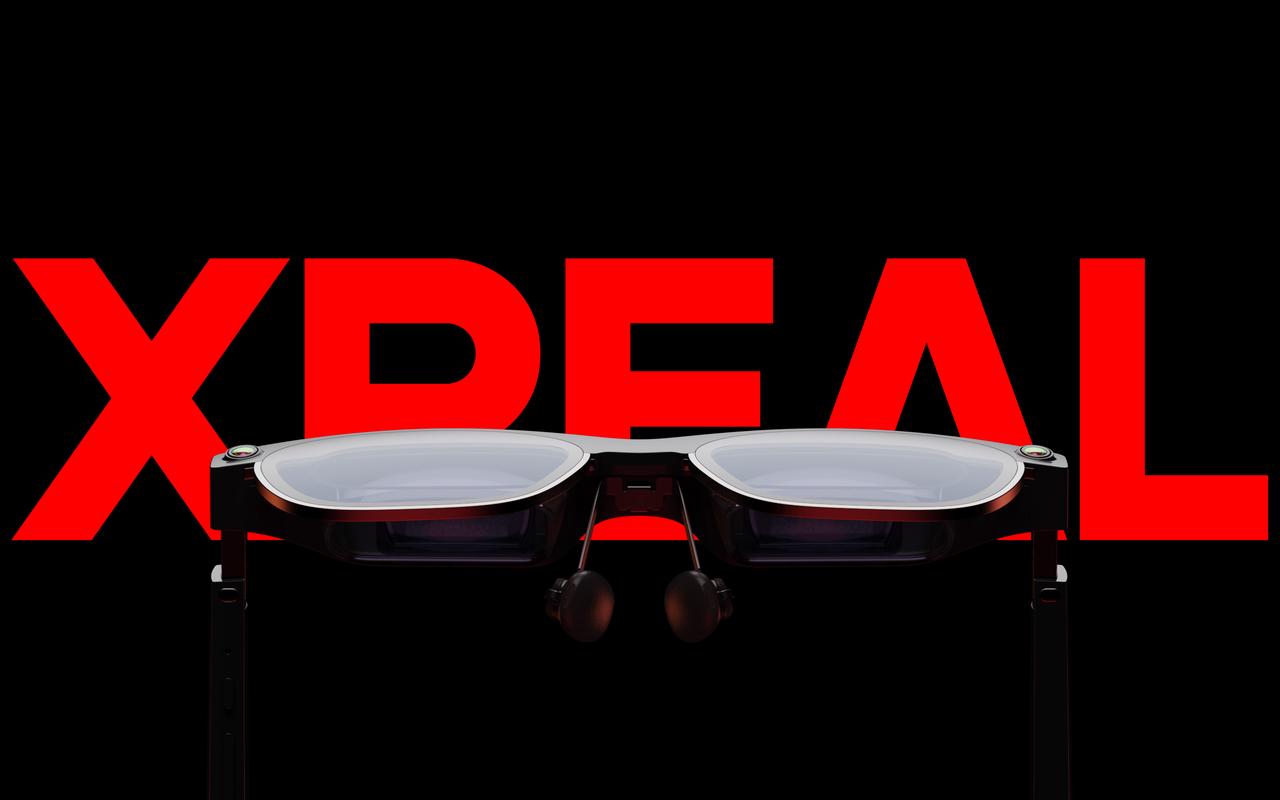XREAL, formerly Nreal, has made its presence known at CES 2024 by unveiling the latest version of its impressive Air 2 augmented reality smart glasses, the Air 2 Ultra.
The XREAL Air 2 Ultra AR glasses offer the most advanced augmented reality wearable experience from the brand to date with hand and head tracking meeting spatial anchoring across a full 6DoF (six degrees of freedom).
Augmented reality (AR), mixed reality (MR), extended-reality (XR), whatever you want to call it, 2024 is lining up to be a big year for this tech with the popularity of the Meta Quest 3 expanding and Apple set to release its Vision Pro headset in the very near future.
Personally, I’m a fan of what XREAL is bringing to the table. I’ve even used them to replace my monitors (and found them to be incredibly useful in the process). So how does the brand’s latest release stack up, and are we looking at a true rival to some of the big-name offerings 2024 has in store? Let’s find out.
We’re on the scene in Las Vegas to check out the latest tech at this year’s CES 2024 showcase. Be sure to tag along on our CES 2024 journey by following Laptop Mag on TikTok, Twitter/X, Instagram, Flipboard, and Facebook for the most up to date hands-on impressions and news coming from the convention floor.

CES 2024: XREAL Air 2 Ultra AR Glasses
Outfitted with two 3D environment sensors, the XREAL Air 2 Ultra AR glasses are capable of delivering a true AR experience over previous model’s wearable display focus — greatly improving its spatial computing potential.
Current base Air 2 models of XREAL’s AR glasses feature floating overlays or HUD (head-up display) type projections, with their capabilities expanded by the XREAL Beam to offer 3DoF with head tracking. However, the Air 2 Ultra reportedly unlocks a true 6DoF experience — with depth mesh technology capable of tracking your environment and using that information to plant spatial anchors to tether virtual objects to real world positions.

This greatly expands on the potential of XREAL’s smart glasses as a compact alternative to devices like Apple’s Vision Pro or Meta’s Quest 3 headsets. However, that smaller form does result in a narrower FoV (field of view), with a 52 degree limit compared to the Quest 3’s 110 degree offering.
Thankfully, the Air 2 Ultra’s displays do retain the same richness and clarity as previous models, with each eye treated to a 1080P Micro OLED image at 500 nits of brightness and with a refresh rate of up to 120Hz.
The Air 2 Ultra’s also incorporate the same electrochromatic dimming lenses used in the brand’s Air 2 Pro glasses for tunable immersion suited to enjoying games or media — ideal in combination with the wearable’s temple-housed, open-ear speakers.
Outlook and availability
Could XREAL’s AR glasses lineup, which accounted for 51% of the worldwide AR market in Q3 2023 alone, upstage these bigger names in this year’s potential AR boom?
In terms of everyday wearable design, the brand is definitely offering something more utilitarian than Apple and Meta’s fully immersive AR headsets, delivering an experience that exists somewhere between the offerings of the Vision Pro/Quest 3 and the Ray-Ban Meta Smart Glasses.

However, unlike those aforementioned products, XREAL has yet to secure a library of software to really elevate it to the same levels. Which is why the upcoming Air 2 Ultra’s, while available to consumers, are primarily developer-focused and will release alongside the brand’s latest NRSDK (2.2).
The full spatial computing experience is currently only supported by certain phone models. While XREAL will no doubt expand support in future (potentially via a new XREAL Beam-like interface), at present, the Air 2 Ultra’s full potential is only accessible through the Qualcomm Snapdragon variants of the Samsung Galaxy S22 and S23.
XREAL’s Air 2 Ultra AR Glasses are available to pre-order now for $699, with shipping expected to begin March, 2024.
 notebook.co.id informasi dan review notebook laptop tablet dan pc
notebook.co.id informasi dan review notebook laptop tablet dan pc